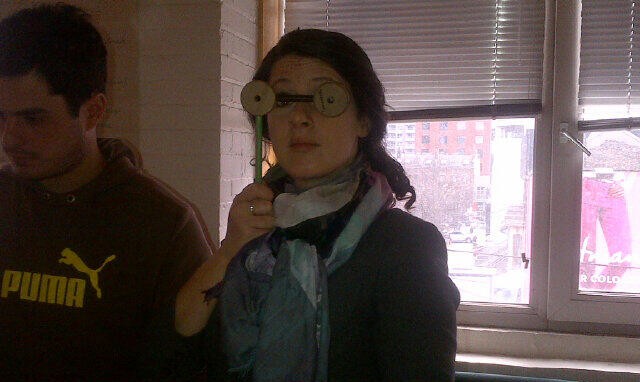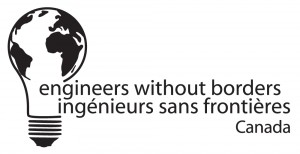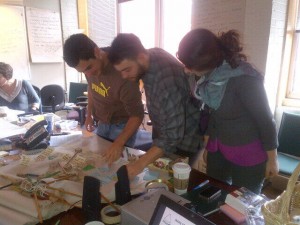Over the weekend of Jan 10-12, EWB Canada convened their greatest minds and hearts to their National Conference, RETHINK. Focused on Leadership, Entrepreneurship, and Partnership for Global Development, EWB Canada is working to solve some of the world’s most wicked problems: poverty and inequality.
It was a pleasure to be there in a spectrum of capacities and to speak on 3 different panels. Our relationship with EWB Canada goes back to when we delivered a design thinking workshop for a pre-deployment team in 2012 and since then our admiration for their vision, ability to pivot and invest in people has only grown.

On Saturday, I was on a panel called “Physical and Non-Physical Spaces for Collaborative Entrepreneurship” and on Sunday, I was on 2 panels “The Future of Foreign Aid” and “The Innovation Forum”. Each panel was uniquely different and demonstrates the breadth of knowledge EWB Canada is working on bringing to their membership.
Along with 4 other panelists, we spoke about “Physical and Non-Physical Spaces for Collaborative Entrepreneurship” from all corners of the work. From academic, to government, to non-profit, social innovation and back again. Wearing our variety of hats, we spoke about the physical tactics of having white boards everywhere and different working environments – formal and informal, to the benefits of convening thinking spaces at events and during meetings and of course to the culture and trust in collaborative relationships. Throughout the diversity of perspectives it was clear that the overlaps were built from the community, how the space is formed, how the culture evolves and how the relationships spur collaborations.
Putting my Masters Student hat on, I had been given an opportunity to work on strategy and foresight for EWB Canada over the past semester and our group was asked to present on “The Future of Foreign Aid”. Our delivery provoked some deeper thinking around how EWB Canada will prepare for the uncertain future.

On Sunday afternoon, “The Innovation Forum” on “Facilitating in Complex Problem Environments” rounded out the conference for many with an opportunity to dive deeper into their own challenges. Through some unconventional methods we exposed a range of challenges that face facilitators and those operating in complex problem environments. Individually we may each have hesitations about our role, but together we are all facing similar challenges and learning together grows our ability to tackle the world’s most wicked problems.
It was a pleasure to share the weekend’s “stage” with Ryerson University, Hub Ottawa, Camaraderie, Ashoka, OCAD University, McMaster Innovation Lab and MaRs Solutions Lab alongside all the participants from EWB Canada.
“With new abilities to understand how problems connect, we are called to share and collaborate in our work, to create solutions larger than single organizations.” – RETHINK website



